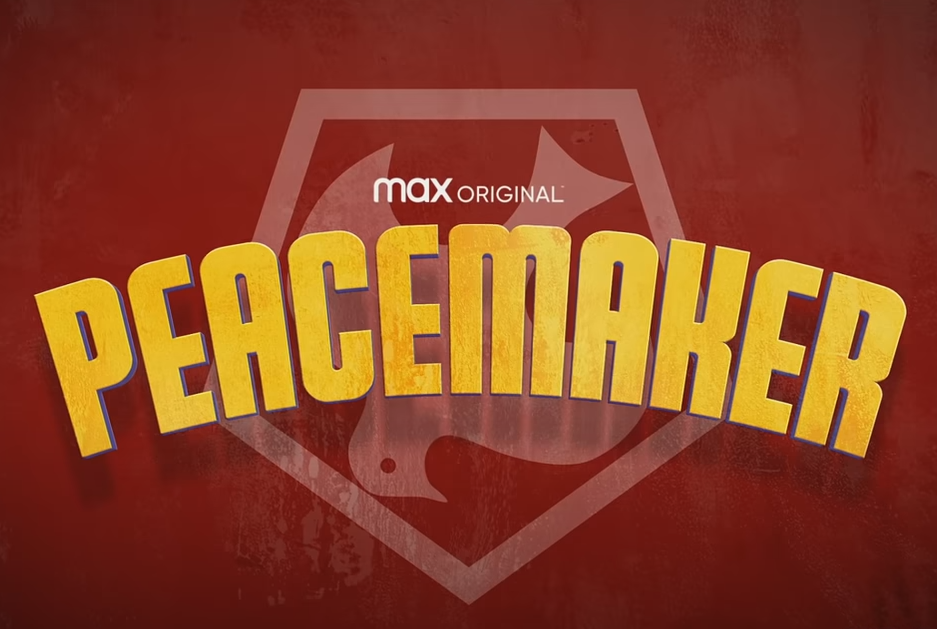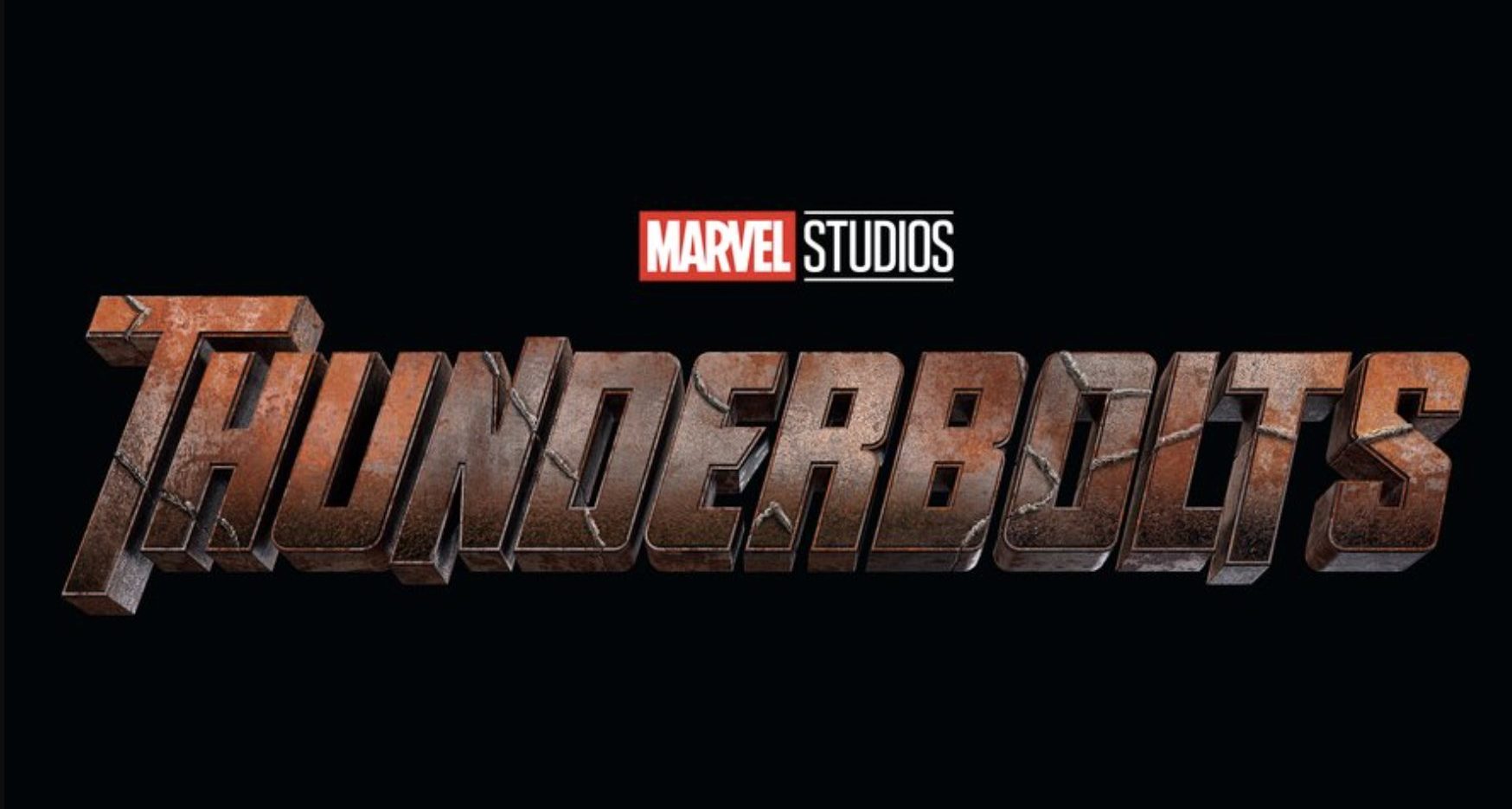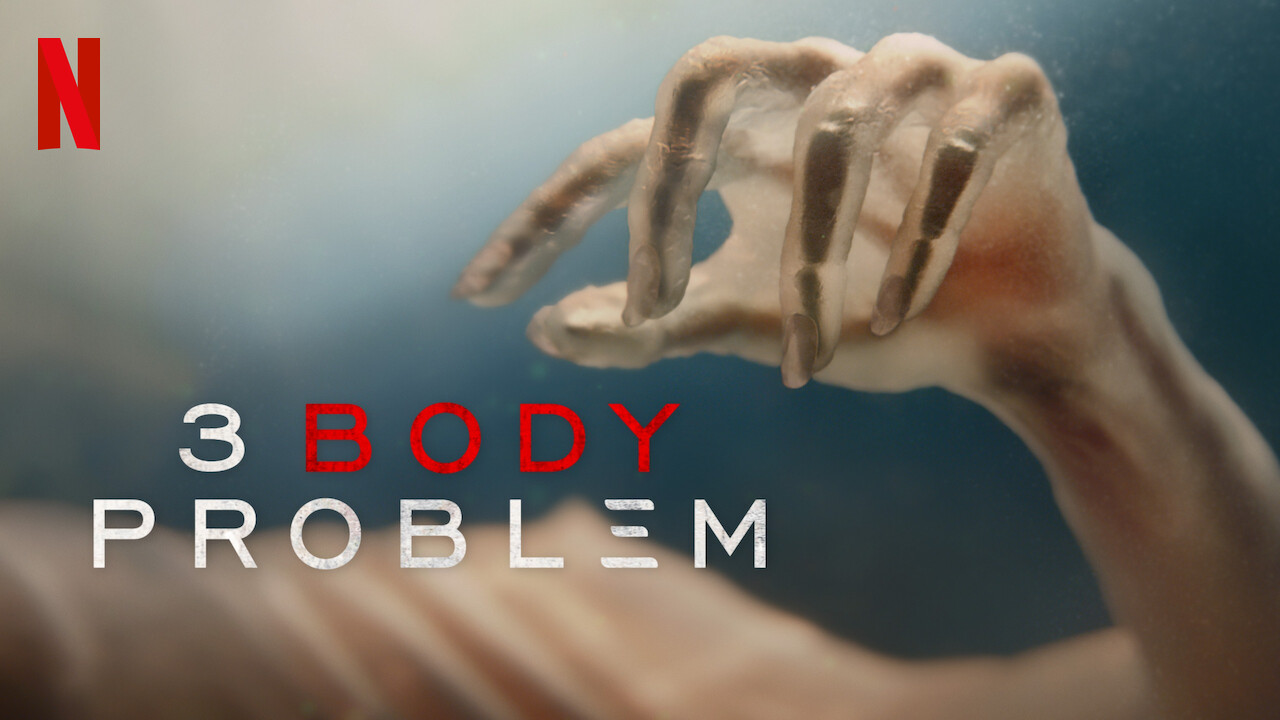Bring up the subject of anime to the layman, and chances are they’ll recognize one name: Hayao Miyazaki. Over here on the state side of things, audiences may know what anime looks like, but with the exception of Miyzaki, many animators have had a hard time becoming truly mainstream. Arguably, there have been two other directors who have started to gain more recognition in the mainstream, one is Your Name‘s Makoto Shinkai, and the other is Mirai‘s Mamoru Hosoda.
Hosoda has been directing for around 20 years, and while you may not recognize his name, you have likely at least heard of his work, which ranges from directing big franchise films like The Digimon Movie (or at least two of three segments of that) and the sixth One Piece movie to other original projects like Summer Wars or Wolf Children. LRM had a chance to sit down with the acclaimed filmmaker and speak with him about his career, anime, and of course, his latest film.
Below is the official synopsis for Mirai:
“When four-year-old Kun meets his new baby sister, his world is turned upside down. Named Mirai (meaning “future”), the baby quickly wins the hearts of Kun’s entire family. As his mother returns to work, and his father struggles to run the household, Kun becomes increasingly jealous of baby Mirai… until one day he storms off into the garden, where he encounters strange guests from the past and future – including his sister Mirai, as a teenager. Together, Kun and teenage Mirai go on a journey through time and space, uncovering their family’s incredible story. Directed by Mamoru Hosoda, and featuring the voices of John Cho, Rebecca Hall, and Daniel Dae Kim.”
LRM: Since your films have achieved a lot of success in the United States, I wondered if you have any ideas or what your thinking is behind why your films seem to translate so well and do so…why they’re so popular with people in the United States?
Hosoda: Yeah, actually I really don’t know myself. It’s not just in the US but every time I go to other countries, a lot of the audience tells me, “Oh, it’s really easy to watch, I could really place myself…I could really connect or relate with the characters.” So thank you, so maybe I don’t know because it’s a film set in Japan featuring Japanese characters so I don’t know what it is, but maybe it’s really because the problems I present or the emotions I present, like happiness or anger or worry, maybe it just translates to all of the different cultures.
LRM: I noticed Summer Wars is very much very Japanese.
Hosoda: Yeah, because especially Summer Wars, it’s an action movie that features countryside relatives as the action heroes so I think that’s very rare in film and I’m hoping that US fans or audiences could relate to it because they would have relatives in the countryside as well.
LRM: It’s like when you go back to family. Another question I have, speaking on the theme of family, a lot of your films seem to have a theme of family and time travel, and they play huge roles in your films. Is there any reason why, you yourself, are drawn to those stories?
Hosoda: Yeah, so what I like about themes is that I like not just children but people, how they grow and change. I really like depicting that, so I think with children they rapidity change so much, so fast, that’s why I tend to choose children. And then once you start putting children in the setting then of course their family’s going to be a part of it, so I think that’s why family tends to be in a lot of my film, and then regards to time travel, well I think when parents when they’re interacting with their kids they act like they’re always adults to begin with but I think they forget that they were kids once, too. So then in order to remind the adults to think about that, I like to use time travel elements to show that, show and remind people that, yeah they were once children too or even their parents were once children too.
LRM: Yeah, it’s an interesting thing about how we perceive our adolescence, when you’re…like how fast literally time moves as a child versus when you kinda like it even starts to even speed up even more as an adult, when you’re a young kid one week can take…it feels like it takes a year. But as you’re an adult, a week goes by and you’re like, “What? The week’s over already?” And you have no time for anything when you get older.
Hosoda: Yeah, I think it’s really about the way we perceive time, it’s very different. You would think that yeah, time exists equally, but the way you perceive it, it’s actually not so then by comparing with others of how they perceive time, you learn about them and I think that’s why we could talk about the way we perceive time in film, because it’s fiction.
LRM: Another question I have about your characters’ performances, is now as an animator we, I say we because I also do animation, but like we put a lot of your personality into the way the characters express themselves when we have to draw them and we do storyboarding, but what do you look for for the performances of the voice actresses and the voice cast, how do they factor into how you see the acting of the characters?
Hosoda: Yeah, I think in anime you think about who is actually the characters, or who really has control for the characters and I think a lot of people think the actor is the character, but maybe that’s about 30% is the actor, I really think the animator, the animator’s creating the creator, or really the characters because in the case of this film, the animator spent a year creating, writing, drawing, choosing expressions of the characters. The voice actor came in to record the voice in like five or six days towards the end, when I think about who really is the character, it really is the animators. So for me, I think it’s really important to convey what the animator’s went through to the voice actors when they’re acting so that they could really feel what the animators went through.
LRM: That’s interesting because often times, at least in American productions, sometimes we’ll get the voice first and then animate. But I know in a feature film you often have to do the performance first and then the voice cast comes in later, so it’s about where we’re put in the process.
Hosoda: Yeah, well because he thinks in the US they should do it the other way too, because when you think about it, because when animation created in the USA, they do get dubs in other countries so it is possible. Maybe USA should try Japan’s version.
LRM: Yeah, absolutely. I have another question, since most of the films you started out working on were established franchises like Digimon, One Piece, how did you go from making those films to switching over and doing your own original work?
Hosoda: When working on Digimon and other franchise movies, they really taught me how to make movies, especially within certain set of rules, there are certain restrictions that I have to follow or I have to also make sure that it has mass appeal, so I learned a lot from them. I know there are some directors who start with creating their own work and then just stay there but I’m really glad that I went this route where I got to learn the stuff that I learned from the franchise movies and I think that really lead me into making my own work. Even though I would work on franchise movies, there’s always going to be certain characteristics of a director that would come out within the restrictions that they have, but people who watch among the audience, you know whether it be the audience or a fan or the same people in the industry, et cetera, they catch it and see it and they’re like, “Oh, this guy has a certain something that maybe he should start making his own film.” And then that really is what happened to me, whereas I worked on Digimon and then a producer saw it and then offered me to work on an original. Yeah, so I think it’s really interesting.

LRM: As far as style, with Digimon movies and the One Piece movie, your style definitely comes through very clearly, that’s one of the reasons I think the animation fans are able to track your work so easily. I’m a huge One Piece fan, and through just that movie alone I’m like, “you make one of the best One Piece movies.” It’s very good. And it’s also influencing how other animators treat the characters in other work from that same franchise, so I totally get it that working for some of those franchises brought appeal properties will also help in your ability to communicate, cause that’s what art is; initially you’re able to communicate an idea to other people.
Hosoda: Yeah, yeah. I think as an experience it was huge learning from these franchise movies and I think right now, even if I had the opportunity to work on a franchise movie I would take it because I’m not really attached to making original movies. I don’t think that just because it’s original that it’s good, there are movies that can be good with original source material or not, so it doesn’t really matter whether there’s a source material or whether it’s an original, I just want to make a good movie.
LRM: Kind of in that vein, excluding Mirai, what film would you say best exemplifies your work as a director?
Hosoda: It’s hard to choose because I would say all of them because all of them, they’re based on my experiences or what I learned from my family, or portrays my family, so it’s really difficult.
LRM: It’s almost like choosing your favorite family member?
Hosoda: Yeah, It really is, cause they’re all each cute in their own different way.
LRM: I have a question about that, with each new film, is there a certain kind of technique or something you want to accomplish with a new film? Specifically with your own work, is there something like, “Oh I really want to do this, so I’m going to try going at this angle it’s something I haven’t-
Hosoda: Technique wise?
LRM: Yeah.
Hosoda: I think Japanese animation is really at a turning point, like USA when they went from hand-drawn to CG, it seemed like they quickly made it, once they went CG they really didn’t turn back. But in Japan, there are still holdouts with the hand-drawn animation, so there are studios who still only do hand-drawn animation, but I guess there are studios who only do CG or works that only do CG, but lately it’s really sad that everything is moving towards CG slowly because there’s really just not that many hand-drawn. Especially in my case, for Mirai, the background is all done by paint and paper but then because there are just no jobs for them now, they’re all quitting. I have a feeling that this one might be the last chance that I’ll be able to use background painters with paint. Regarding to your question, something that I want to challenge technically is I always think about how to use CG in a new way, like how to express something in a new way using the technology of CG, so I still have this dilemma between the CG and hand-drawn animation, but I really have to decide what my sense of art and style is and then how to express it.

LRM: Yeah, and hopefully that tool and the way we do it can convey, and it’s also sad we’re losing a lot of talent that helped us, even films that we grew up with and the way they inspired us. So you produce a lot of films, how do you stay so prolific and what’s your passion, what motivates you?
Hosoda: I think I use animation as a medium to portray or make film, and I think the best thing about animation is just the infinite possibilities we still have using animation. Live action film, you know, they’ve been making it for 150 years and many different directors from many different countries are making very good films, but with animation, it’s not being, we haven’t tested the limits of what animation can do yet, especially because animation is still thought, until recently it was thought to be for children or it was thought to be for Otaku or fans. There’s a vast amount of possibilities we could explore so much with animations, like philosophies of life and et cetera. I think that’s where I get the passion to continue, I want to keep challenging what I can do with animation. Especially this challenge with Mirai was that I made a four-year-old the main character, which is probably the first time such a young protagonist was the main character, other than Boss Baby, but he’s not really a kid. I think all of the possibilities and all of the things I can do is what keeps me going.
LRM: That makes sense. Final question, so what’s next?
Hosoda: Still thinking, but I’m sure it’s going to be completely different from what Mirai is, because Mirai is about a small family, so then my next film will probably have more action or more stuff happening. I still don’t know, I’m still thinking about it so please look forward to it.
Mirai hits theaters on November 29, 2019!
Don’t forget to share this post on your Facebook wall and with your Twitter followers! Just hit the buttons on the top of this page.

 FOR FANBOYS, BY FANBOYS
Have you checked out LRM Online’s official podcasts and videos on The Genreverse Podcast Network? Available on YouTube and all your favorite podcast apps, This multimedia empire includes The Daily CoG, Breaking Geek Radio: The Podcast, GeekScholars Movie News, Anime-Versal Review Podcast, and our Star Wars dedicated podcast The Cantina. Check it out by listening on all your favorite podcast apps, or watching on YouTube!
Subscribe on: Apple Podcasts | Spotify | SoundCloud | Stitcher | Google Play
FOR FANBOYS, BY FANBOYS
Have you checked out LRM Online’s official podcasts and videos on The Genreverse Podcast Network? Available on YouTube and all your favorite podcast apps, This multimedia empire includes The Daily CoG, Breaking Geek Radio: The Podcast, GeekScholars Movie News, Anime-Versal Review Podcast, and our Star Wars dedicated podcast The Cantina. Check it out by listening on all your favorite podcast apps, or watching on YouTube!
Subscribe on: Apple Podcasts | Spotify | SoundCloud | Stitcher | Google Play





